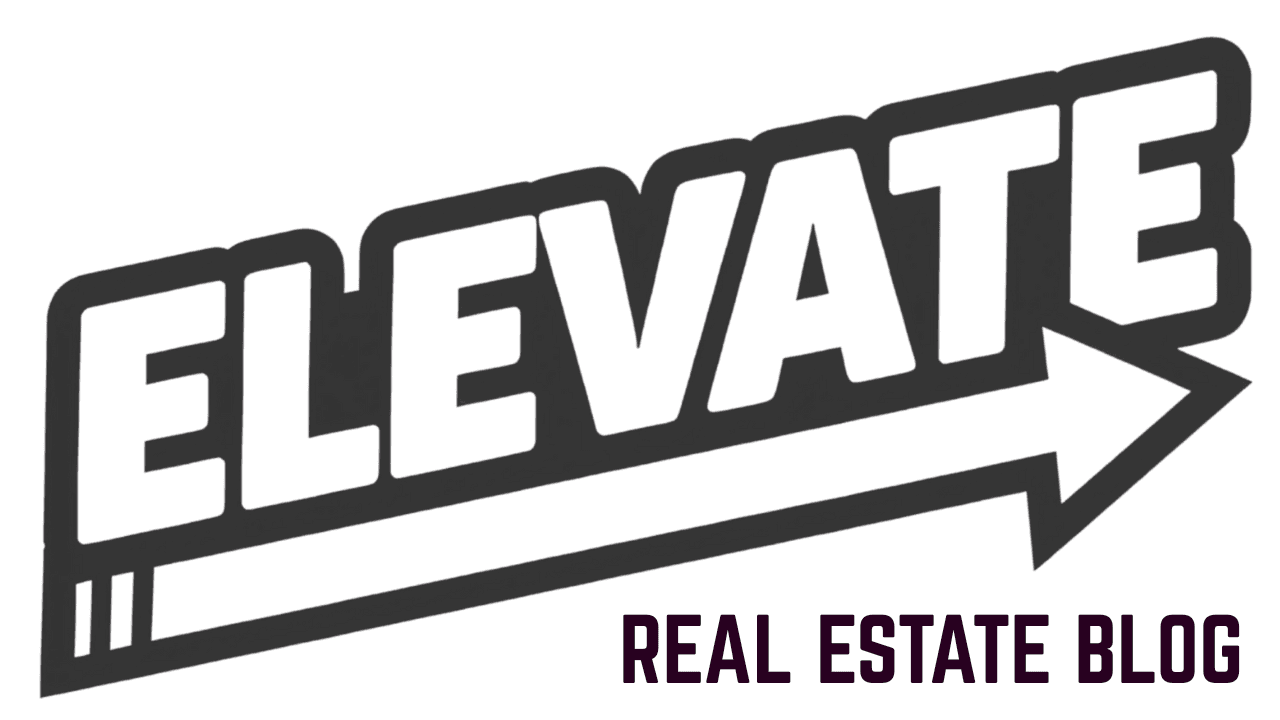Real estate agents face constant competing demands. Client calls interrupt property research. Administrative tasks pile up while deals require immediate attention. Without clear prioritization systems, productivity suffers and income stagnates.
Effective prioritization separates top performers from average agents. The right techniques help you focus on revenue-generating activities while managing operational demands.
The Eisenhower Matrix for Real Estate
The Eisenhower Matrix organizes tasks into four quadrants based on urgency and importance.
Quadrant 1: Urgent and Important
- Client emergencies
- Contract deadlines
- Closing issues
Quadrant 2: Important but Not Urgent
- Lead generation
- Market research
- Relationship building
Quadrant 3: Urgent but Not Important
- Administrative tasks
- Non-critical emails
- Routine paperwork
Quadrant 4: Neither Urgent nor Important
- Social media browsing
- Unnecessary meetings
- Busy work
Focus 70% of your time on Quadrant 2 activities. These drive long-term growth. Handle Quadrant 1 tasks immediately. Delegate or eliminate Quadrants 3 and 4.

The 80/20 Rule in Real Estate
The Pareto Principle states that 20% of activities generate 80% of results. For real estate agents, high-impact activities include:
- Prospecting qualified leads
- Following up with active buyers and sellers
- Attending networking events
- Creating valuable content for your market
Track your daily activities for one week. Identify which tasks directly correlate with new business or closed deals. Eliminate or delegate low-impact activities.
Income-Producing Activities First
Prioritize tasks that generate revenue. Start each day with income-producing activities before handling administrative work.
Morning Power Block (8 AM – 11 AM)
- Client calls
- Lead follow-ups
- Appointment setting
- Property showings
Administrative Block (11 AM – 1 PM)
- Email management
- Contract reviews
- Marketing tasks
- Database updates
This sequence ensures revenue activities get your peak energy and focus.
Daily Planning System
Morning Calendar Review
Review your calendar each morning. Identify all deadlines for the current day. Look ahead 2-3 days to anticipate upcoming tasks. Create a prioritized task list and add items to your management system.
Weekly Planning Sessions
Every Friday, review dates through the following Tuesday. This forward planning prevents Monday morning scrambling and ensures proper resource allocation.
Time Blocking Method
Allocate specific time periods for each task rather than multitasking. Time blocking maintains focus and ensures high-priority items receive adequate attention.

Transaction-Specific Priorities
Managing multiple deals requires systematic prioritization.
New Contracts Take Precedence
Review new contracts within 15-20 minutes of receipt. Quickly identify missing documents or signatures. Communicate immediately with all parties about outstanding items.
Time-Sensitive Tasks First
Handle tasks with external dependencies early in the day. This allows time for responses from clients, lenders, and other parties. Set clear deadlines and explain importance when requesting information.
Follow-Up Systems
Use multiple communication methods for critical items. Set reminders for outstanding tasks. Track response rates and adjust communication strategies accordingly.
The ABCDE Method
Rank tasks using the ABCDE system:
A Tasks: Must do – serious consequences if not completed
B Tasks: Should do – mild consequences if not completed
C Tasks: Nice to do – no consequences if not completed
D Tasks: Delegate to someone else
E Tasks: Eliminate – unnecessary activities
Apply this ranking daily to your task list. Complete all A tasks before moving to B tasks.
Technology Integration
Modern prioritization requires efficient systems. Pulse Intelligence from PWRU helps agents track high-impact activities and measure performance metrics automatically. The platform identifies which lead sources generate the most closings and tracks follow-up effectiveness.
Transaction management software standardizes processes across multiple deals. Video documentation tools and automation platforms reduce time spent on repetitive tasks.

Strategic Focus Areas
Beyond daily task management, prioritize activities that build competitive advantage:
Prospecting and Lead Generation
Consistent communication with potential leads through multiple channels. Personalized property recommendations and market updates build relationships over time.
Market Research and Analysis
Understanding market trends, valuations, and neighborhood dynamics provides valuable client insights. This expertise differentiates you from competitors.
Legal and Compliance Tasks
Contract reviews and property disclosures protect clients and your professional reputation. Never compromise on legal requirements.
Client Adaptation
Responsiveness and adaptability to individual client needs builds trust. Prioritize understanding each client's unique situation and preferences.
Implementation Strategies
Define Clear Goals
Identify your biggest goal and break it into daily actions. Whether increasing lead generation, closing more deals, or improving client relationships, clear vision guides priority-setting.
Use Structured To-Do Lists
Separate tasks into urgent, important, and non-essential categories. Focus on revenue-generating activities before administrative work.
Maintain Consistency
Review top goals daily. Keep a short list of high-impact actions. Hold yourself accountable through tracking and measurement.
Batch Similar Tasks
Group similar activities together. Handle all phone calls in one block. Process emails at designated times. This reduces context switching and improves efficiency.

Common Prioritization Mistakes
Reactive Mode
Responding to every interruption destroys productivity. Set specific times for checking messages and returning non-urgent calls.
Perfectionism
Spending excessive time on low-impact tasks while neglecting high-value activities. Good enough is often sufficient for administrative tasks.
Saying Yes to Everything
Taking on every opportunity dilutes focus. Learn to decline requests that don't align with your priorities.
Lack of Systems
Operating without clear processes leads to inconsistent results. Develop standard operating procedures for common tasks.
Measuring Success
Track key metrics to validate your prioritization decisions:
- Number of qualified leads generated daily
- Conversion rates from lead to appointment
- Average time from listing to closing
- Client satisfaction scores
- Monthly recurring revenue growth
Effective prioritization directly influences job satisfaction and productivity by reducing administrative burdens and enabling focus on meaningful client work.
Getting Started
Choose one prioritization technique and implement it for two weeks. Track results and adjust as needed. Most agents see immediate improvements in productivity and stress levels.
For comprehensive performance tracking and automated prioritization insights, explore how Pulse Intelligence can optimize your daily workflow and identify your highest-value activities. Start your free trial here to see which prioritization strategies generate the best results for your specific market and business model.
The right prioritization system transforms chaos into clarity. Your clients deserve your focused attention on the activities that matter most.




